Pulling Back The Curtain
Nowadays, we are all conscious of the things we purchase. You will often come across labels that say: “made from eco-friendly materials”, “sustainably sourced”, “contains organic cotton”, etc. But, what does it really mean? More times than not, these labels tell you about the materials used in manufacturing a product. But what about the process?
Usually, the most you can learn about processes is that they are compliant. Even if you are a regular follower of sustainability, you probably do not have a clear idea of what this compliance actually means. That is exactly the point of this blog. We would like to take this opportunity to pull back the curtain. To show the extent to which Indian Designs is integrating sustainability into its very core processes.
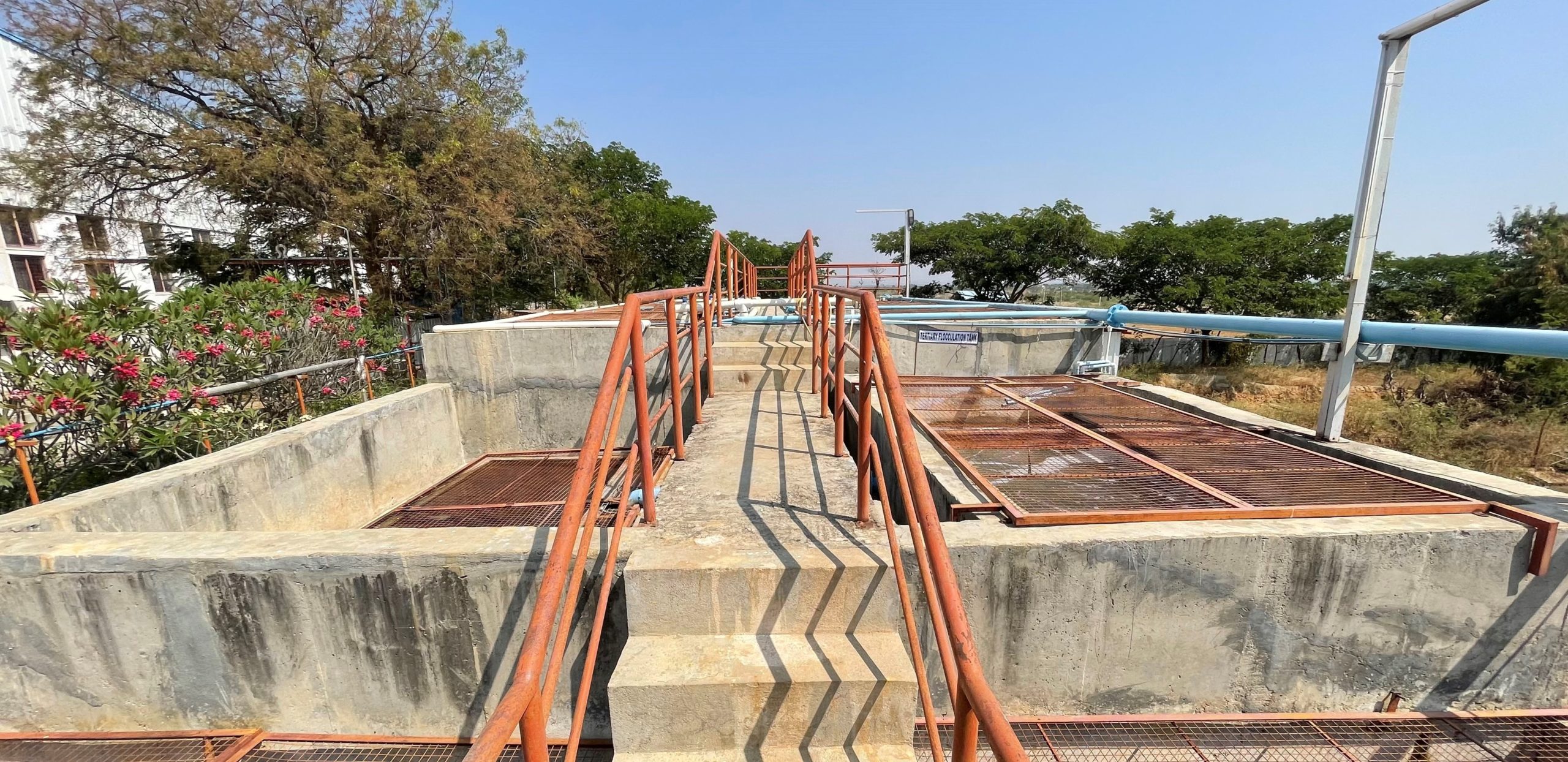
Effluent Treatment Plant (ETP), Hindupur
Treatment Of Wastewater At Indian Designs
An inevitable part of apparel manufacturing is the large amounts of effluent discharged from the washing units. At Indian Designs, all the effluent is treated legitimately through ETPs (Effluent Treatment Plant). The treated water is then used for gardening so that nothing goes to waste. In this way, it doesn’t disrupt the ecological harmony of the environment but seamlessly returns to nature.
We also believe that there is a need to go beyond the standard requirements. At IDEPL 9 in Hindupur, the ETP is equipped with reverse osmosis (RO) machine that not only treats effluent water but also recycles it. The wastewater flow rate is 250m3 per day which is matched by the capacity of the reverse osmosis system. The system recycles the wastewater and regains 187.5 m3 per day. The percentage of recycled water is consistent, maintaining 75-80% recovery. The remaining 62.5 cubic metres which is 20-25%are used for the coconut farm on the premises.
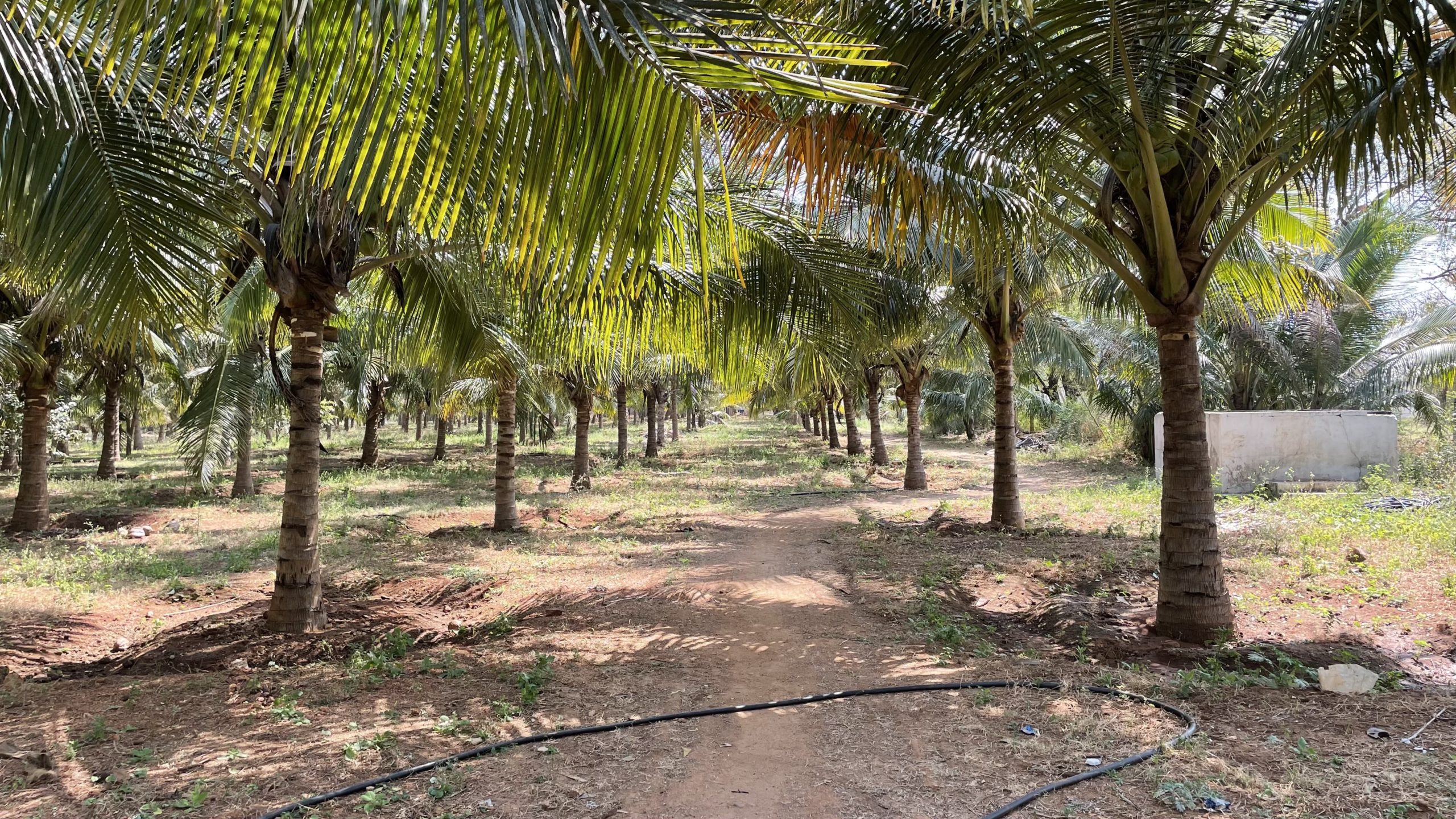
Coconut Farm, Hindupur
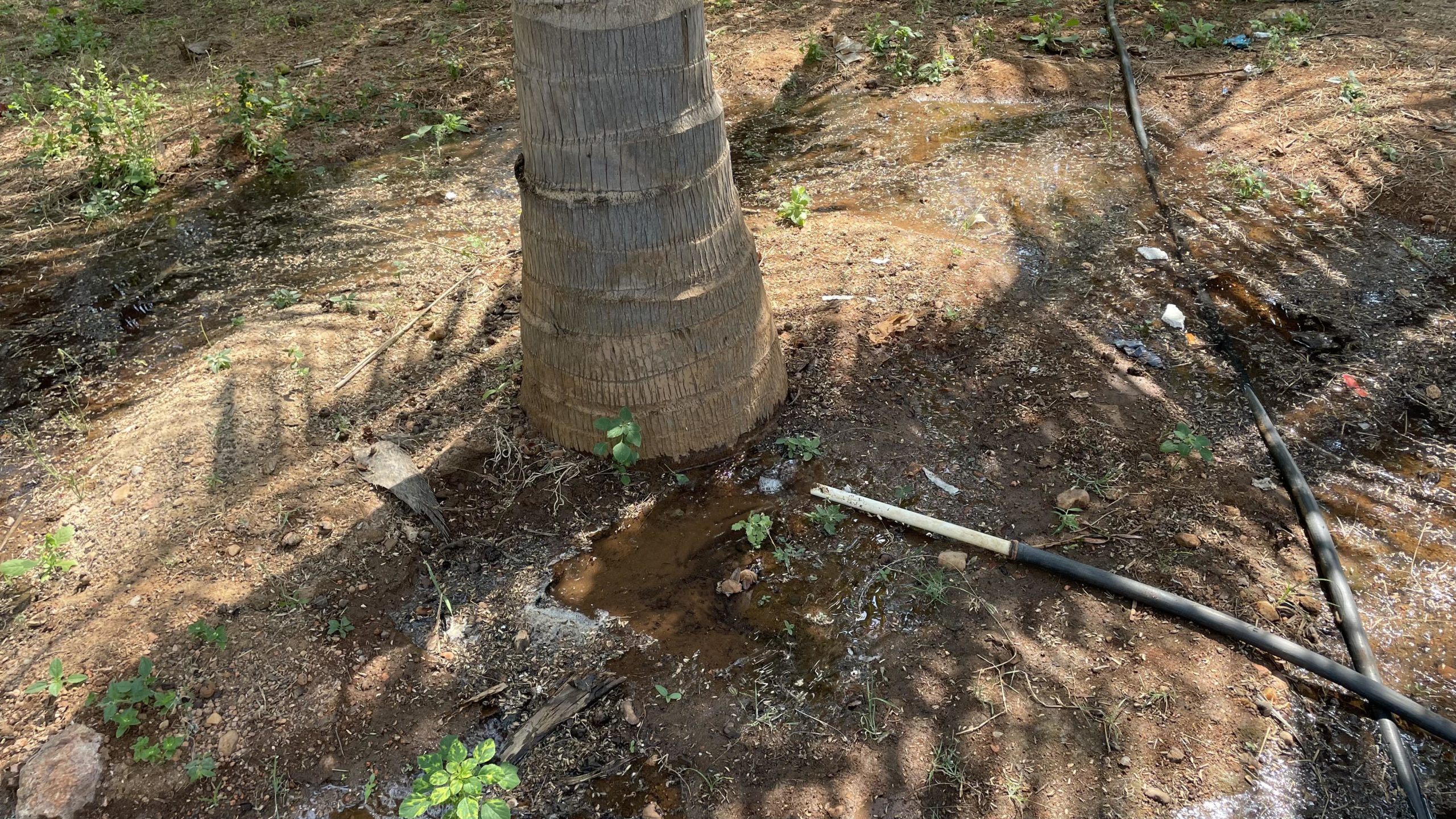
20% ETP Discharge
How it Works?
Primary Treatment
Step 1
First, the effluent flows through bar screen chambers of 10mm and 5mm to catch various debris such as stones and leaves. Then it is collected in the equalisation tank.
Step 2
Then it goes to the pH correction tank where acid is added to neutralise the pH. A metre is used to ensure that it is neutral. The effluent is then taken to the Biological system.
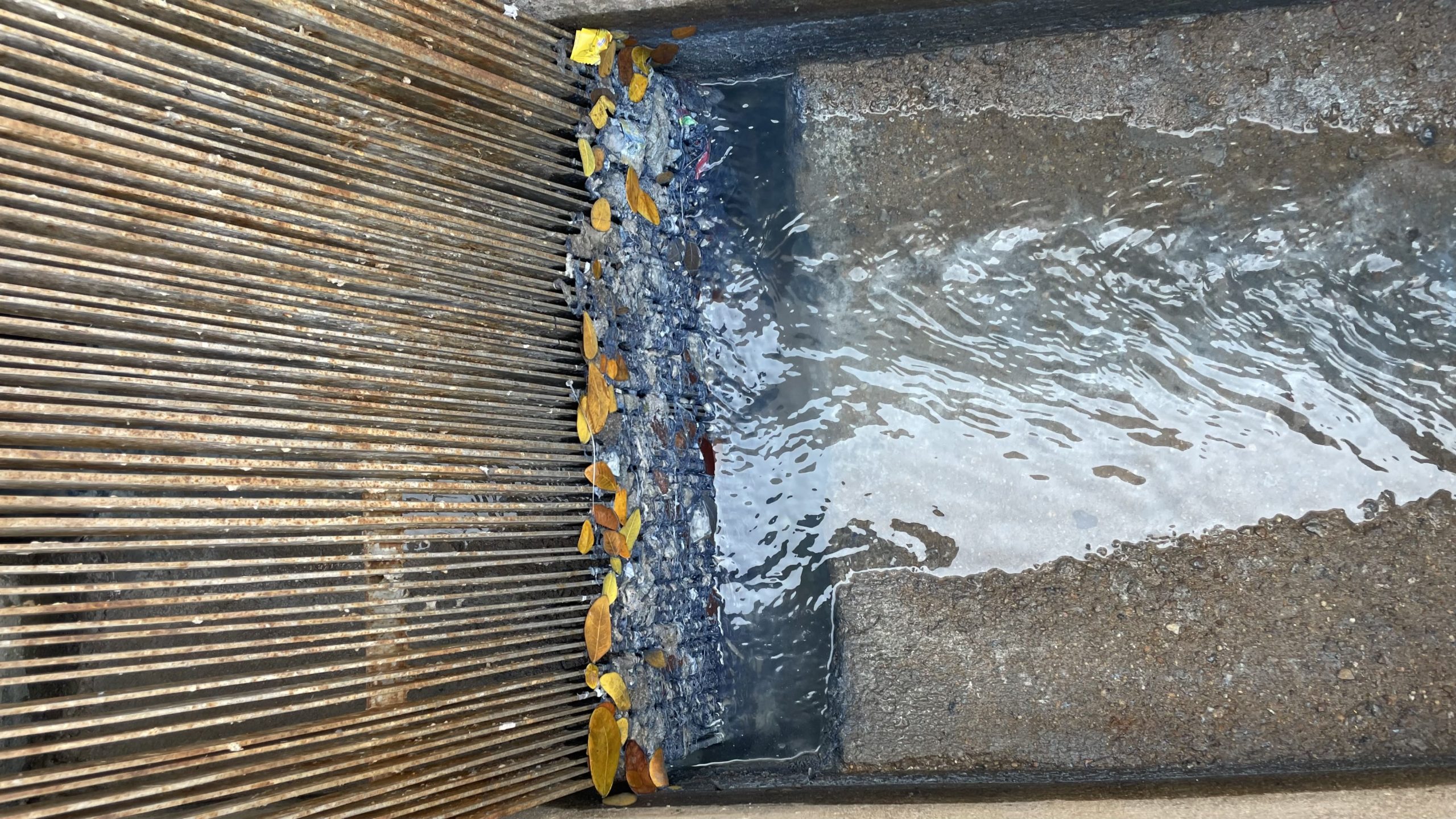
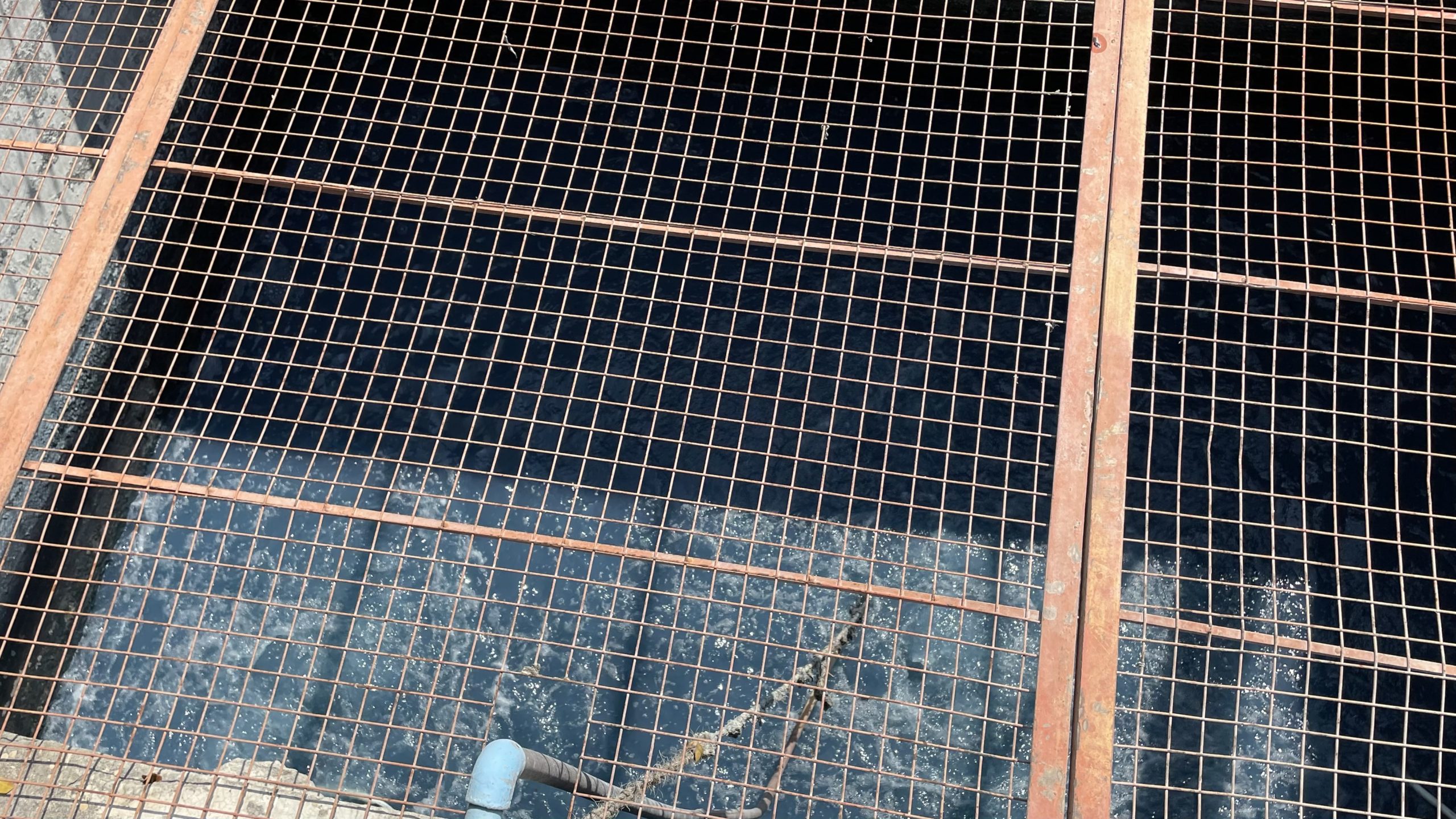
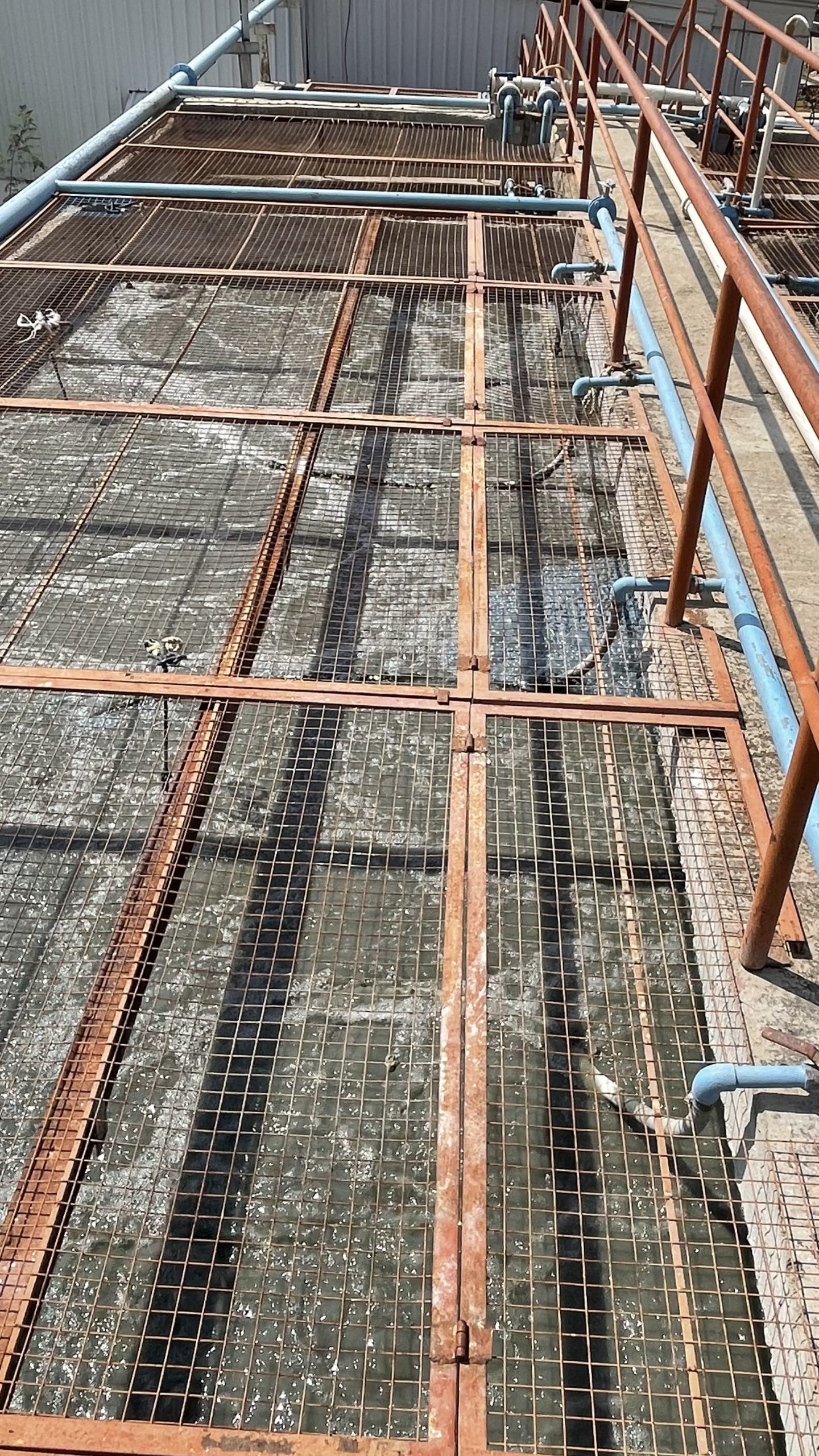
Secondary Treatment
Step 1
The CBR plant comprises of a single process basin, in which aeration, settling and decanting occur sequentially. This way significant construction costs are saved.
Step 2
This basin contains bacteria which reduces the biochemical oxygen demand (BOD) and chemical oxygen demand (COD) of the wastewater. The bacteria eat and break down the pollutants in the wastewater and create a bio-sludge as a byproduct.
Step 3
Using bacteria for treating effluent water decreases the need for harsh chemicals. The quality of treated water is also far superior to Conventional Activated Sludge System (CAS).
Step 4
The bio-sludge is pumped into the Sludge dewatering System (Filter press) for further dewatering & drying. The dried sludge is then stored in a compartment. It is then loaded onto trucks and transported safely to the landfill. Then the treated water is taken to the Filter Feed Tank for further polishing before discharge.
Tertiary Treatment
Step 1
After the previous stage, the water appears clean to the naked eye but still has microscopic insoluble particles due to which the water is a colloid. It is collected in the Flocculation tank. Here coagulant and flocculant are dosed for effective coagulation and flocculation of the colloids. It is then taken to the tertiary settling tank for solid-liquid separation.
Step 2
The liquid is taken to the Filter Feed Tank, where it is disinfected. The objective of disinfection is to reduce the residual BOD, COD and smell/ odour to an acceptable level. The settled sludge from the Tertiary settling tank is taken to the sludge holding tank from where it is pumped to the mechanical sludge dewatering unit.
Step 3
The clarified water thus collected in the filter feed tank is pumped to the filtration system namely Multi-Media filters ( coarse and fine). The output now is treated water which can be used for gardening.
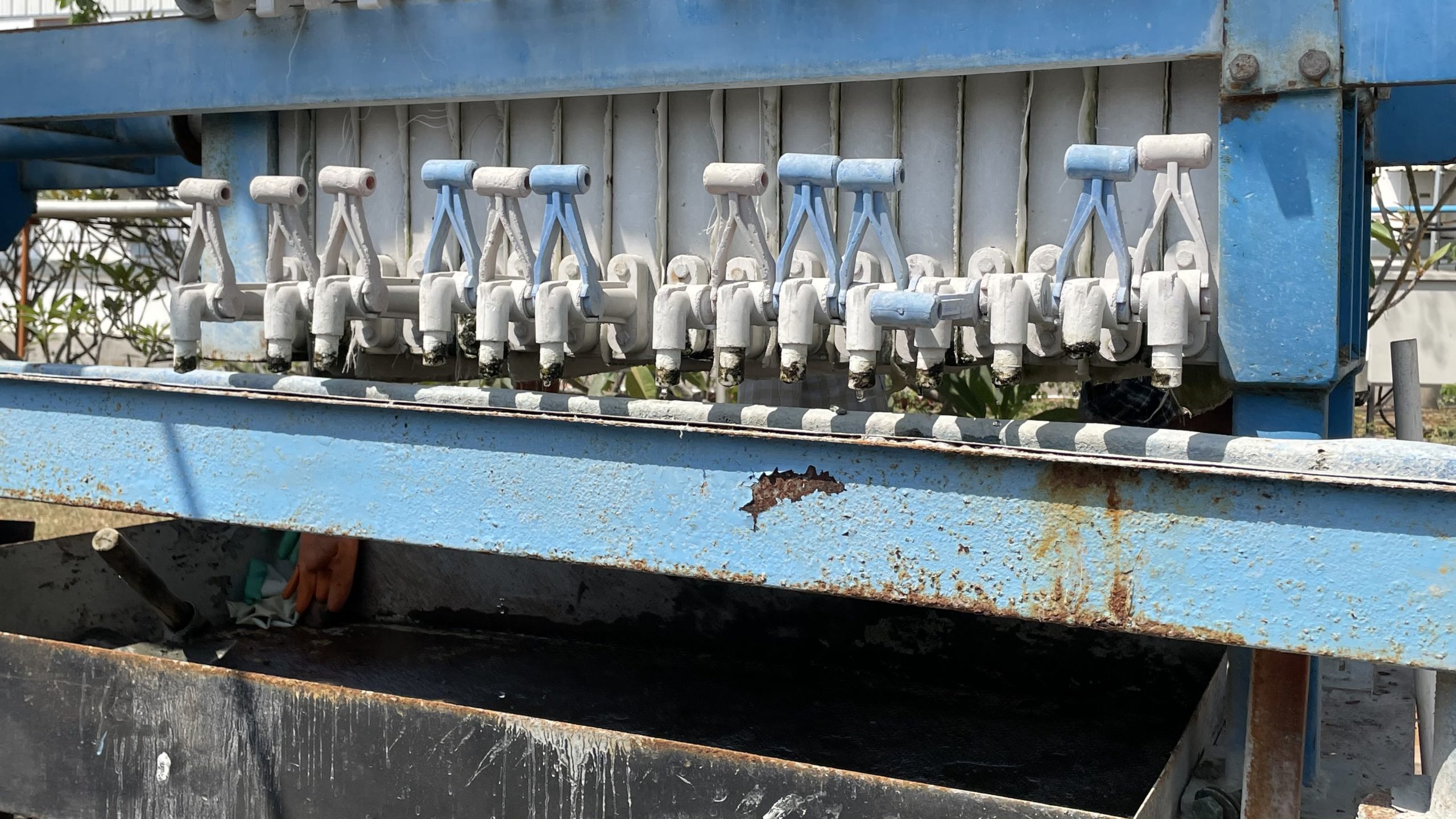
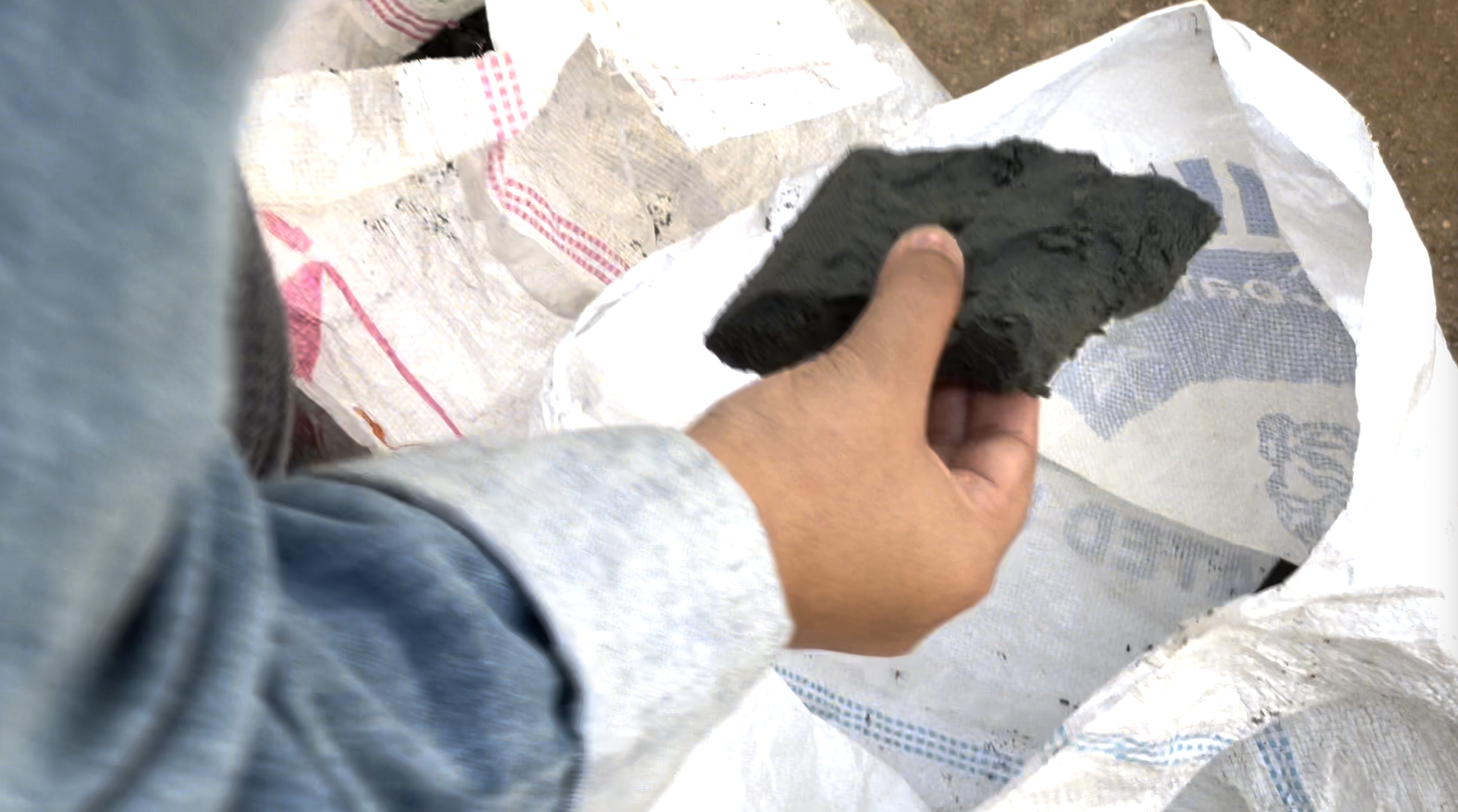
What Counts As Sustainability
It is not enough to have the infrastructure, it also needs to be maintained. The alignment of the ETP system is checked regularly, the oil level is checked every week and replaced every 15 days, in the case of a leakage the supervisor is informed immediately. The filter feed tank must be cleaned once a month and the equalisation tank is emptied and cleaned every 2-3 months.
Sustainability is a continuous process. It is a habit that needs to be maintained. We need to think long term. Only when a system or process can be – well, sustained, over a long period of time, can it be called sustainable. The RO system at Hindupur has been operating for 5 years now, since 2017. The factory at NJK, behind the Head Office, where the washing unit is very small as it mostly only needs to wash sample pieces, established an ETP six months ago.
There must be transparency in all parts of production only then can sustainable and conscious products be discerned. A process can only be called sustainable when it can be reliably replicated and measured.
